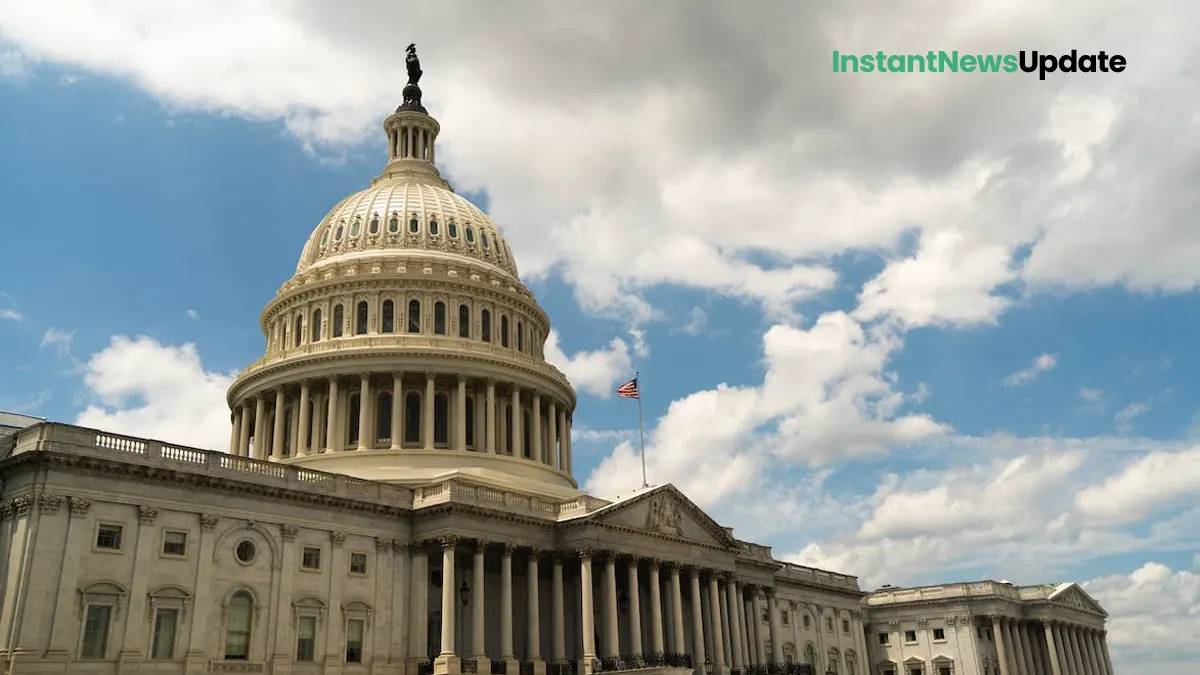Introduction
As October 1st approaches, the United States faces the possibility of a government shutdown due to a disagreement between far-right Republicans and other lawmakers over spending bills. In this article, we provide essential information about government shutdowns, their impact, and what functions are considered essential during such periods of uncertainty.
Why Would the Government Shut Down?
The U.S. Congress is tasked with allocating funding to 438 government agencies each fiscal year, ending on September 30. Failure to pass these bills before the new fiscal year begins results in agencies being unable to operate normally. Since the 1970s, there have been 20 shutdowns, with the most recent lasting 35 days in December 2018 and January 2019, primarily due to a border security dispute. Lawmakers often extend the deadline through a “continuing resolution” to allow further negotiations.
The Impact of a Shutdown
A government shutdown leads to the furlough of hundreds of thousands of federal workers, disrupting various services, including passport applications and national park maintenance. Essential workers, though still on duty, do not receive pay. While shorter shutdowns have limited practical impact, prolonged ones can harm the broader economy as federal employees miss paychecks.
Goldman Sachs estimates that each week of a shutdown directly reduces GDP growth by approximately 0.15 percentage points, with growth rebounding by the same amount post-resolution. The 2018-2019 shutdown cost the economy around $3 billion, equivalent to 0.02% of GDP.
Functions Considered ‘Essential’
During a government shutdown, each department and agency determines which employees must continue working without pay. In the 2018-2019 shutdown, about 800,000 of the federal government’s 2.2 million employees were furloughed. The Department of Homeland Security maintained 227,000 of its 253,000 workers, while the Department of Justice deemed 85% of its 116,000 employees as essential. Air travel remains relatively unaffected, but airport security screeners might call in sick more frequently.
The status of the United States 63 national parks during a shutdown is uncertain. In the past, some parks were closed due to safety concerns, while others remained open with limited services. The Internal Revenue Service typically furloughs up to 90% of its staff during a shutdown, but all employees are considered essential under the current contingency plan. Military personnel continue working, but roughly 429,000 civilian Pentagon employees would be furloughed.
What Distinguishes This from a Debt Limit Standoff?
A government shutdown occurs when Congress has not allocated sufficient funds for the budget. In contrast, a debt limit standoff involves Congress setting a cap on how much the U.S. government can borrow, which must be periodically raised. Failure to do so could result in a U.S. debt default, with severe consequences for global financial markets and the economy.
Conclusion
As the deadline for budget approval approaches, the potential for a U.S. government shutdown looms. Understanding the implications of such an event, including its impact on federal workers and services, is crucial for all citizens. It is distinct from a debt limit standoff, which carries even more significant economic repercussions.









